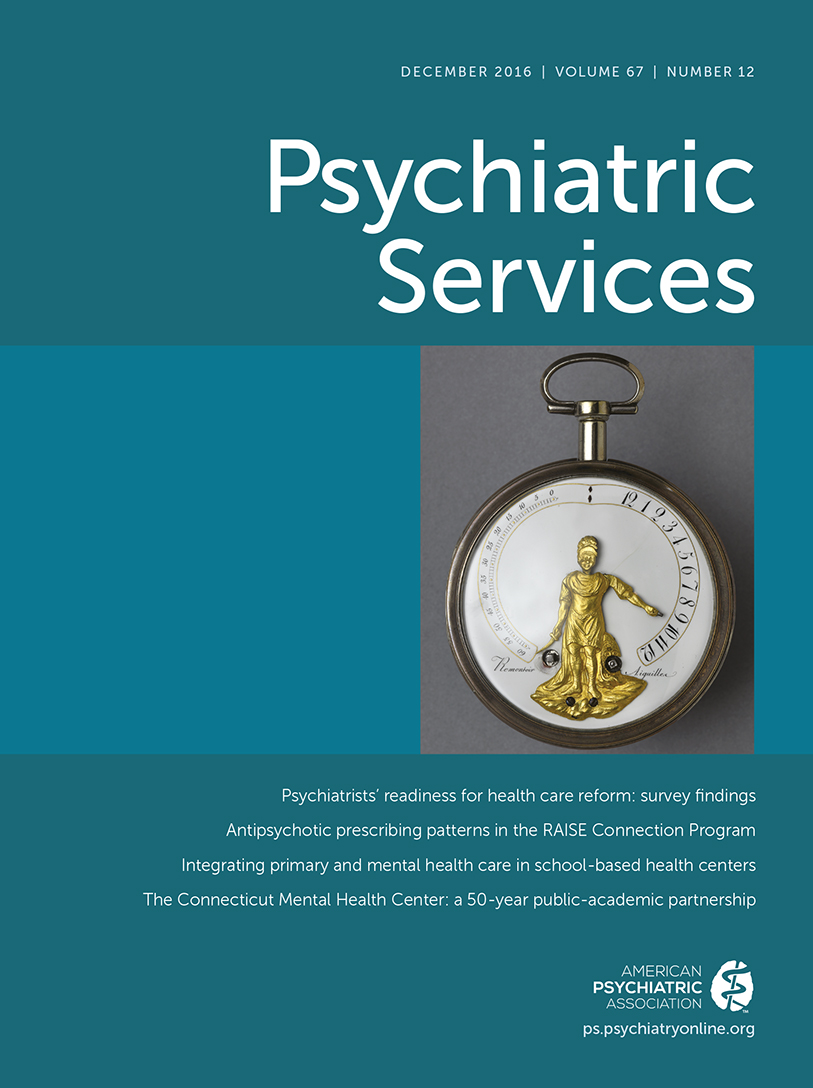Predictors of Poor Response to Depression Treatment in Primary Care
Abstract
Objective:
Depression is pervasive and costly, and the majority of depression is treated in primary care. The objective of this study was to identify patient characteristics predictive of poor depression outcomes in primary care clinics.
Methods:
This observational study followed 792 patients receiving usual care for depression in 83 clinics across Minnesota for at least six months between 2008 and 2010. The primary outcome was an ordinal outcome of remission or response without remission (“response”) six months after the start of treatment. The outcome was assessed via telephone administration of the Patient Health Questionnaire–9. Associations of patient characteristics with the primary outcome were assessed by using ordinal logistic regression.
Results:
The majority of patients were female, Caucasian, and employed, and most had some college education and good, very good, or excellent self-rated health. At baseline, 32% had mild depression, 40% moderate depression, 20% moderately severe depression, and 8% severe depression. One-third of patients had psychotherapy or psychiatric care in addition to antidepressant medications. At six months, only 47% of patients obtained depression remission or response. Patients were significantly less likely to experience remission or response if they rated their health as poor or fair or if they were unemployed and were more likely to achieve remission or response if they were younger or had mild depression.
Conclusions:
Patients with poor or fair health or who were unemployed were less likely to respond to usual depression care and may be good candidates for limited, but potentially more effective, intensive treatment resources for depression.



